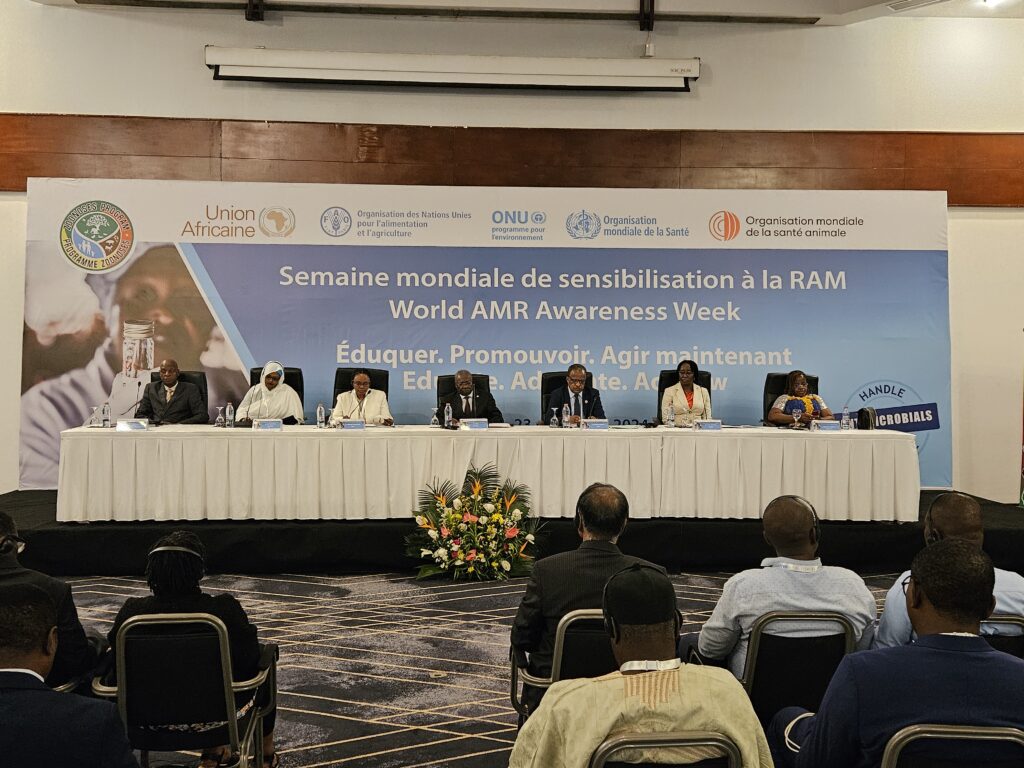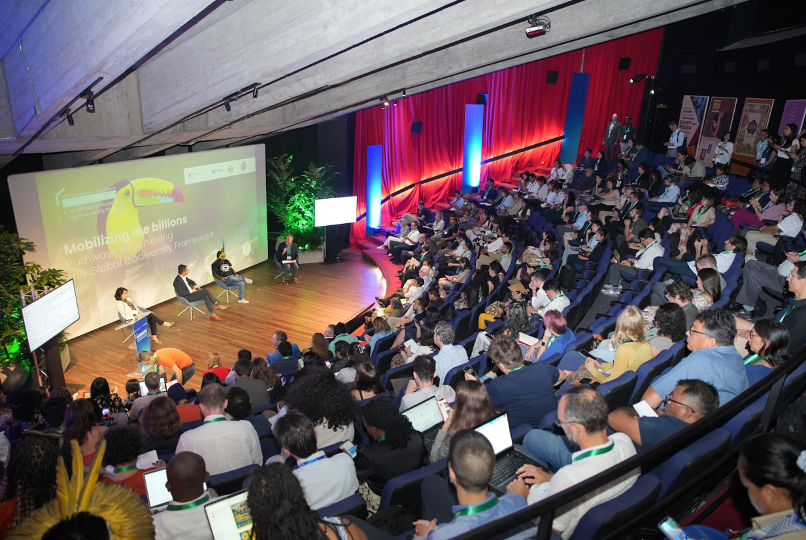By Etienne Mainimo Mengnjo
Fish farmers in Cameroon are finding new hope and enthusiasm through a major initiative designed to boost the nation’s aquaculture sector. The Livestock and Fish Farming Value Chain Development Project (PD-CVEP), a collaboration between the African Development Bank (AfDB) and Cameroon’s Ministry of Livestock, Fisheries and Animal Industries (MINEPIA), is investing €84 million to transform the industry.
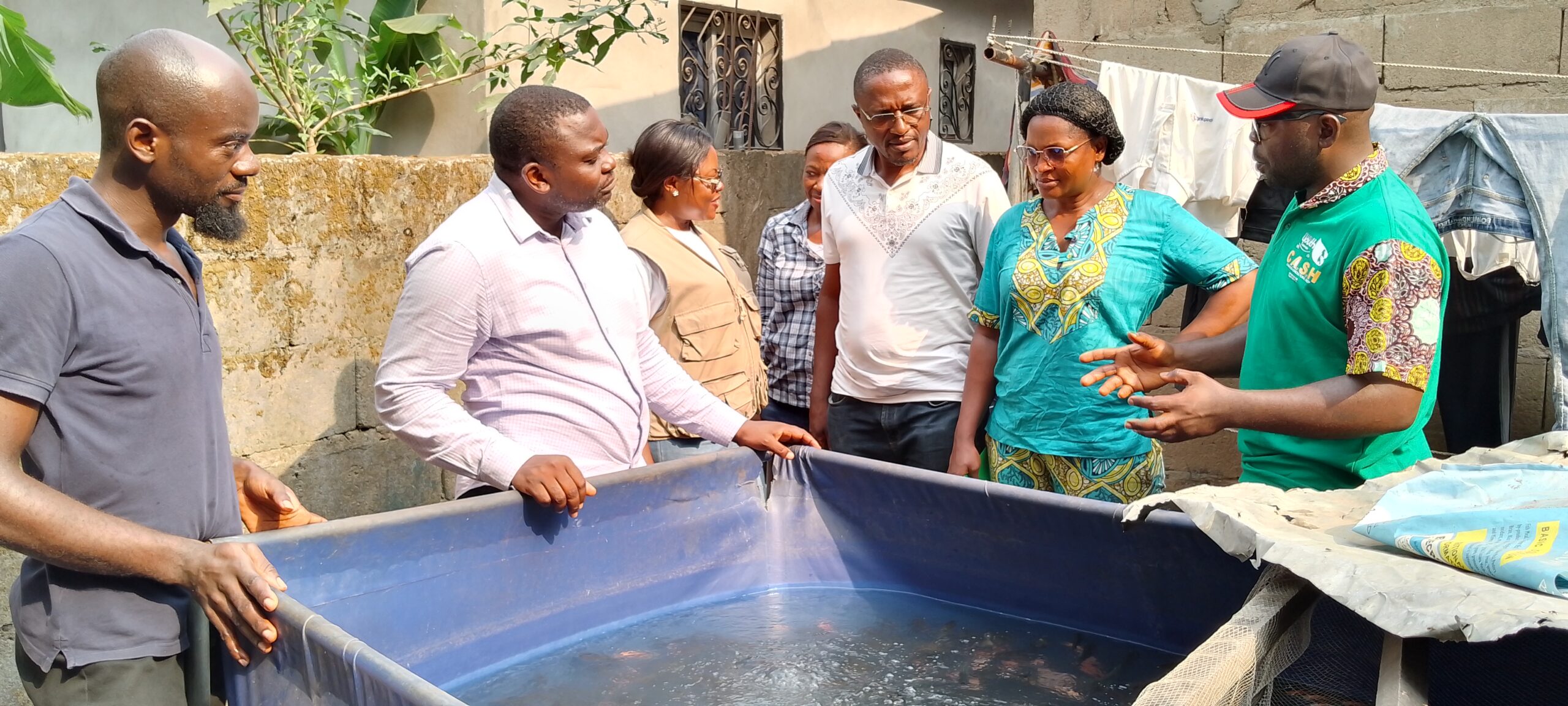
For many, this project is already making a difference. “The support provided by the project encourages us to push further,” says Fanta Njifondjou Oumarou, a fish farmer in Limbé. “We are motivated to continue our efforts, and I feel better equipped to profit from fish farming.”
Another beneficiary from Douala, Hermine Kemedeu Tchuileu, highlights a significant change. “We have received certified broodstock with excellent yields. These reliable strains grow faster and mitigate many issues associated with older strains. This will revolutionize our production.”
A key element of this transformation is a new strain of the African catfish (Clarias) developed by the Agricultural Research Institute for Development. This new variety offers rapid growth, low fat content, and high survival rates.
Unlike older strains, which take eight to nine months to reach a harvest weight of 350–500 grams, the new fish are ready in just five to six months. Fry survival rates have jumped from around 60 percent to 80-85 percent, and each female can produce 15,000 to 20,000 fry per cycle, with up to three cycles per year.
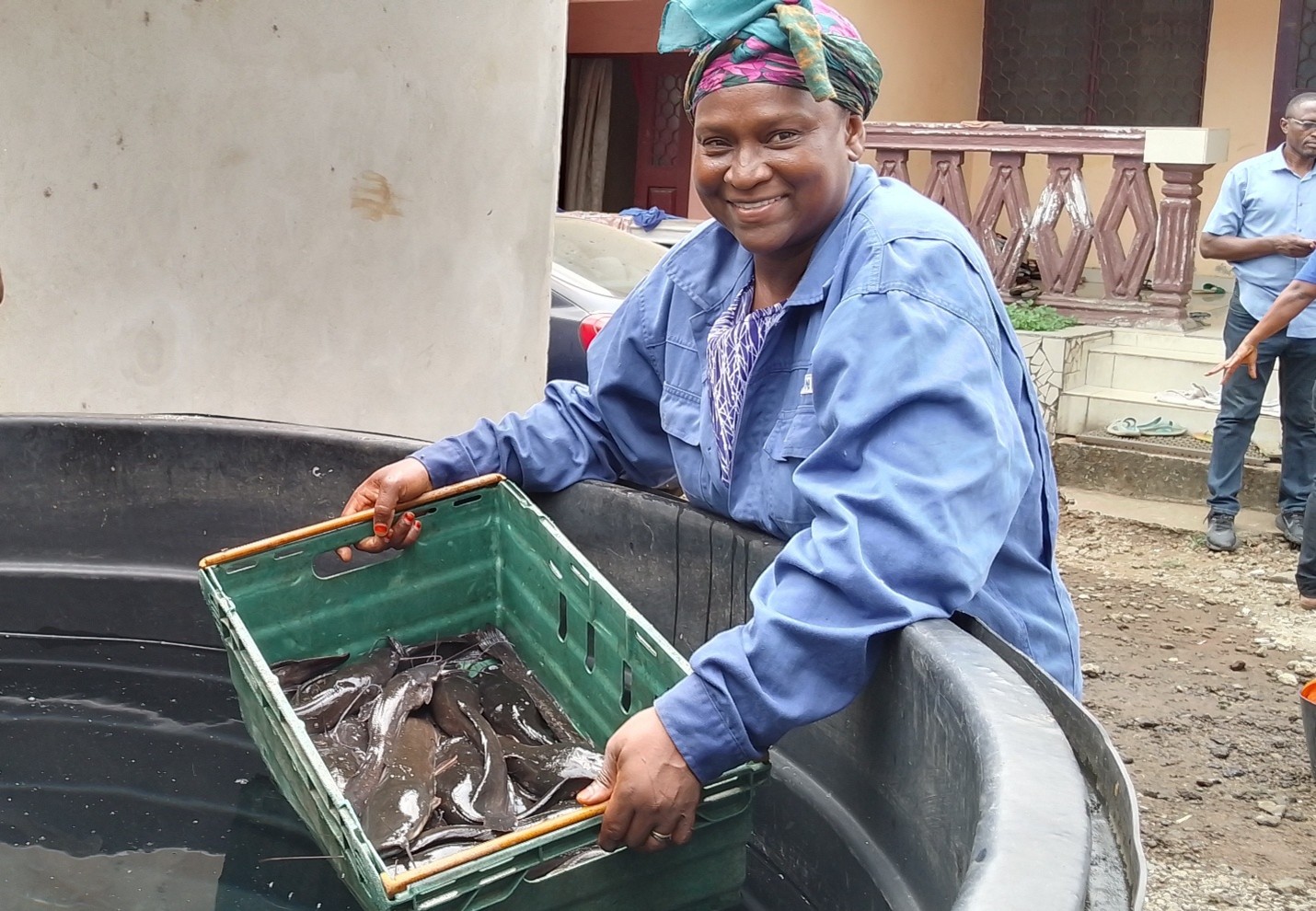
The enhanced quality of the fish is also benefiting vendors and restaurants. Ms. Moukoudi Mbappé Dolie, who sells grilled fish in Douala, reports that her income has increased. “The flesh remains firm after grilling because it contains less fat than older strains. The flavor appeals to customers.” Marthe Epoko, a vendor at the Deïdo market, believes the project is a necessity, not a luxury. “Clean and secure counters will help us preserve fish better and sell with dignity.”
Reports indicate that ongoing improvements to fish farms in Bamenda, Yaoundé, and Foumban will significantly boost the national supply of quality fish. These locations are being developed into strategic supply centers to support hundreds of fish farmers.
Victor Viban Banah, MINEPIA’s regional delegate in Douala, emphasized the importance of this work. “We will provide close support to the beneficiary hatcheries. It is essential to ensure traceability, broodstock performance, and fry quality. This project is crucial for the future of our aquaculture sector.”
To date, 2,600 broodstock fish have been delivered to 50 hatcheries selected for the project’s pre-extension phase. Since October 2024, these pilot hatcheries have already produced and sold over 115,000 fry.
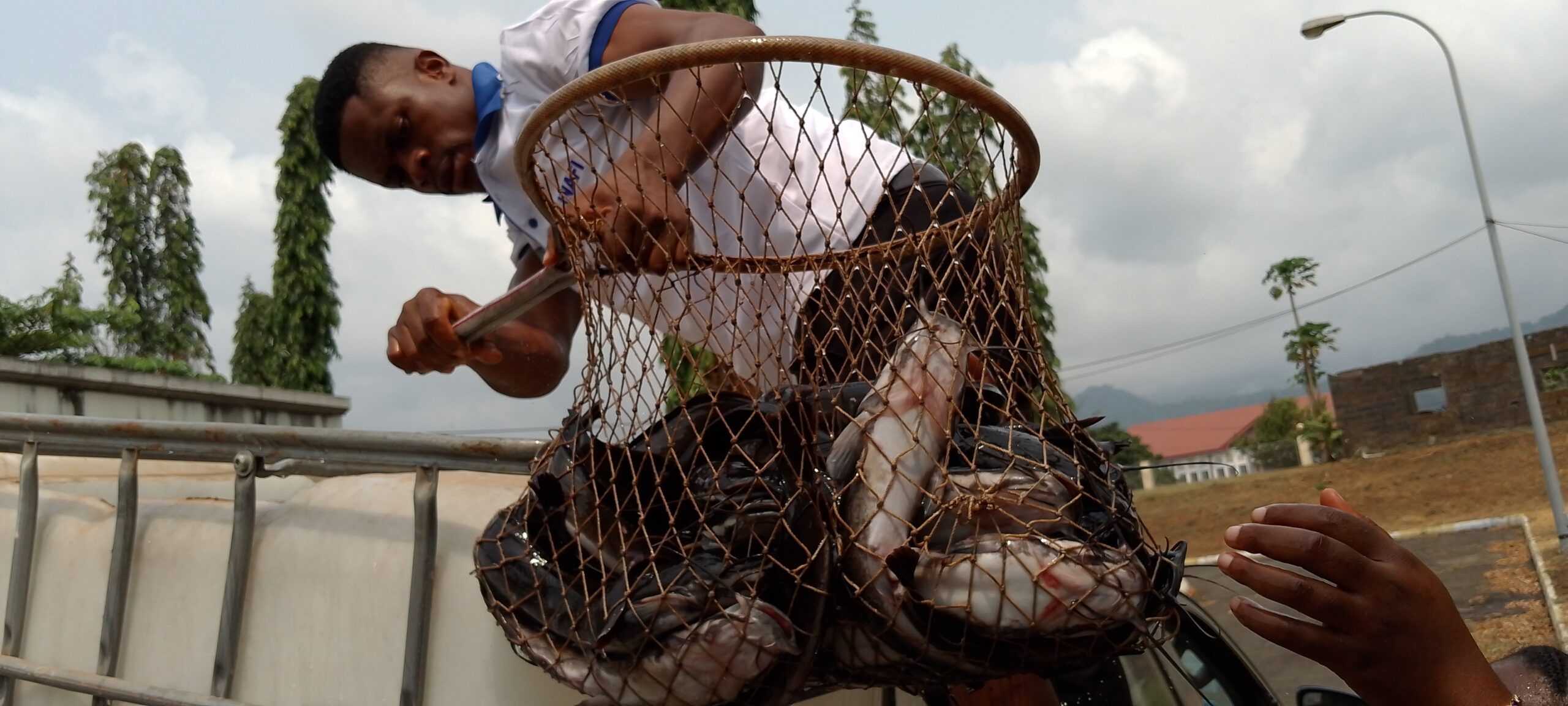
The project also provides comprehensive training to stakeholders, covering everything from floating cage farming and reproduction to business management. A total of 280 fish farmers have received this training, strengthening their technical capabilities and economic resilience.
The project’s ultimate goal is to increase Cameroon’s annual fish production by 10,000 tons by 2027, reducing the country’s reliance on imports and enhancing food security. To achieve this, an AfDB mission in April 2025 recommended accelerating the supply of improved Clarias and tilapia broodstock.
Under an agreement with the Agricultural Research Institute for Development, 15,000 broodstock—12,000 Clarias and 3,000 tilapia—are set for delivery. This effort is supported by a tripartite system involving the Institute, the Project, and the Ministry, which uses a digital data collection system to monitor production levels and ensure quality control.
